For contemporary artist Pam McDonnell, unsolicited advice is equivalent to criticism.
My studio is my room; it’s where I keep all my objects, my books and my daily process. It is also a mess at times and I love that I can leave it that way. My typical studio day involves the routine of turning on the lights, lighting incense and recently I’ve started lighting candles for people. It gets me into a quiet rhythm so I can hear the work speak.
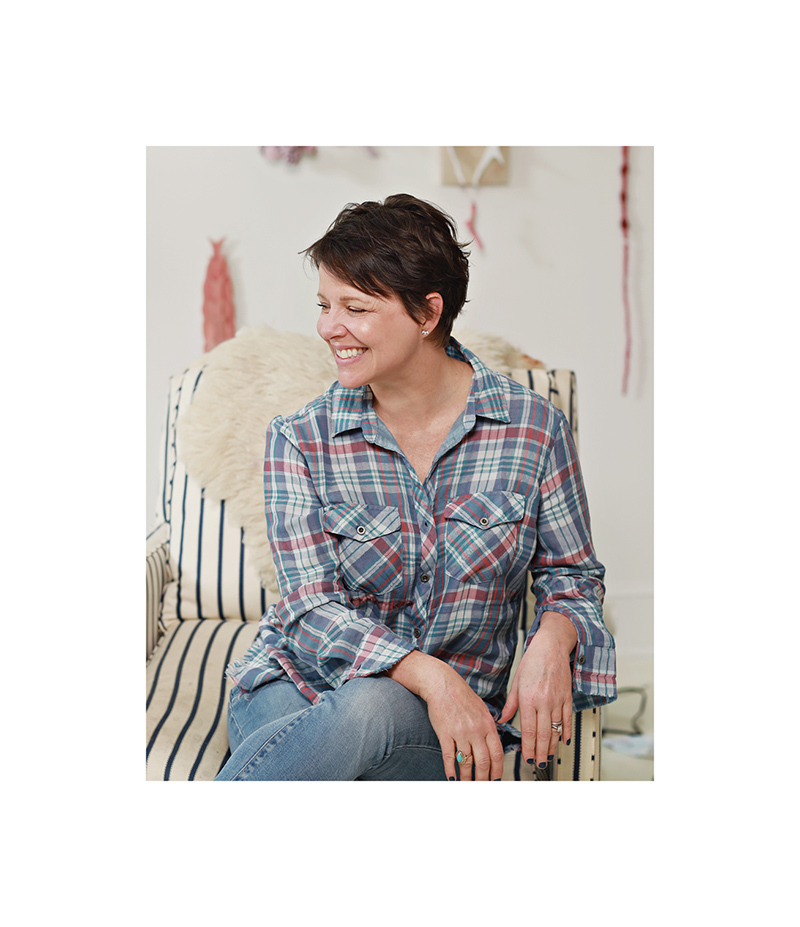
Picture by Erica Jancelewicz.
Please tell us a little about yourself, what brought you to the world of art and how did you start?
I was born in Atlanta, Georgia, in 1969 and have been residing in Memphis, Tennessee, since receiving my BFA from the University of Memphis in 2005. I was raised in rural north Georgia on a quiet dirt road. I spent a lot of days alone in the woods, either riding horses or trying to build forts and other odd things using what I found lying around the yard. My connection to nature was nurtured by these activities as well as a mother who loved to go camping and hiking on the weekends.
What is the primary role of an artist? How do you describe yourself in the context of challenging people’s perspectives via your work and art?
The primary role of an artist is to develop a language that is personal to them – a language that can communicate their unique experience of being human. For me as a visual artist, this means using images, colours and compositions to tell a story or relay a feeling. If image is word and is put together correctly with other elements, it becomes its own form of literature. What makes visual art different from literature is that it leaves more room for personal interpretation. The viewer is allowed to translate. I make art to honour my states of being and to share them with others. I also want my work to challenge the cultural norms of stoicism. I hope it to be medicinal for people who have fear around emotionalism and the vulnerability that comes with it.
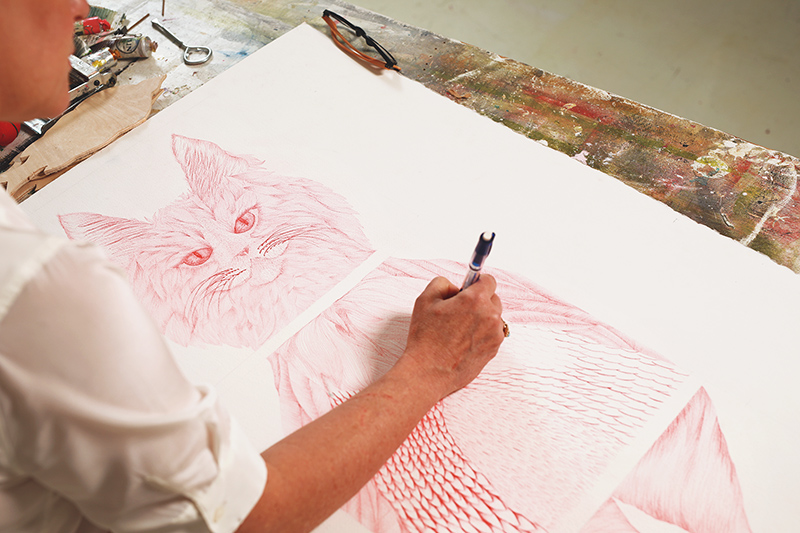
Picture by Erica Jancelewicz.
How do you deal with the conceptual difficulty and uncertainty of creating work?
There is this mystical belief among some creatives that ideas are sprits and they prompt artists to bring them into materiality. If one artist does not act, they will happily move to another until finally, a “contract is signed”. This belief, a form of duende, helps eliminate a lot of uncertainty in my practice. If an idea comes to me, I feel privileged to be chosen and I prove that by simply starting. Something as small as buying materials for a project is “signing the contract” that I am all in. It certainly reveals itself in the process of acting. You have to trust it will grow into something meaningful and worth sharing.
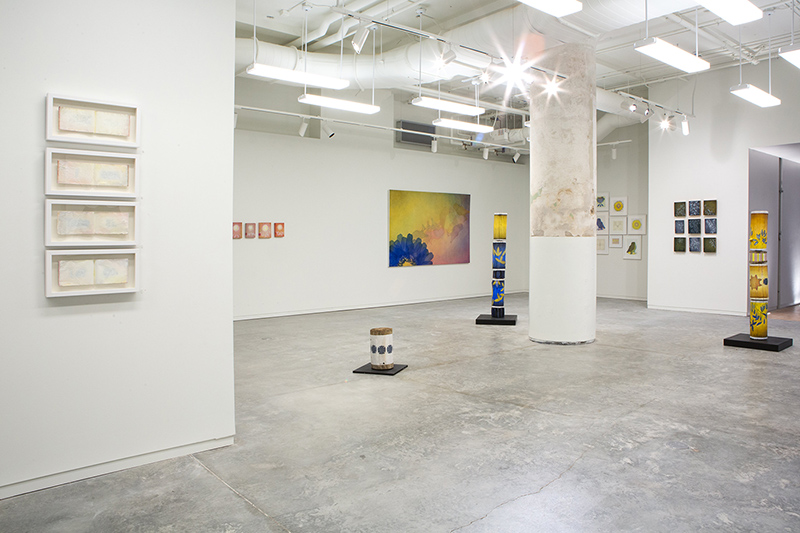
Selavie Photography.
Is there any topic lately that you would like to be mentored on?
For the last few years, I’ve been devouring books on frequency and the energy that is carried within solid objects. This has now expanded into physics and the unified field – all dense subject matter for me to integrate it into my own understanding. If I could go into a lab and witness demonstrations on how matter operates, I know my personal work would take off in some interesting directions.
Let’s talk about the evolution of your practice over the years. Tell us about your commitment to your current medium.
I once called myself a contemporary painter but it felt limiting. Now I would describe myself as a contemporary artist because I have expanded beyond paint and canvas to any material that I can get into my studio. I very much enjoy mixing textiles and thread with harder materials like paper and wood and have done quite a bit of research on concrete and paper pulp. I have also been dipping various materials into beeswax for at least 14 years. Exploring how these different mediums can work together proves a hypothesis I have had for a very long time which is that “everything belongs”.
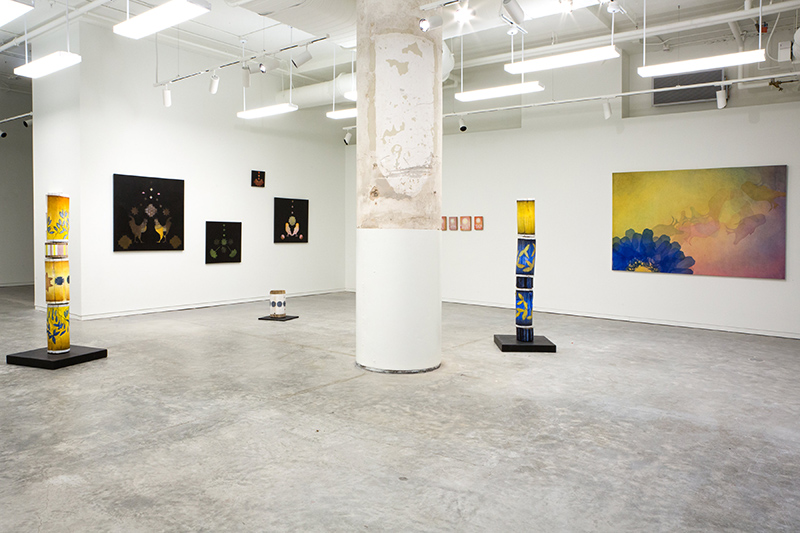
Selavie Photography
What were your biggest lessons and hiccups along the way?
One of my biggest hiccups, and clearly the pun is intended here, was when I had two 12’x4’ panels delivered to my studio only to discover that I couldn’t get them through the door and up the stairs. I had to rent another studio downtown for three months to complete the work.
How does your audience interact and react to your work? Who are your maestros?
I get personal messages from people thanking me for sharing a story or an experience behind my work saying they felt supported, comforted and joyful. My visual maestros are Kiki Smith and Louise Bourgeois for their journey into so many different mediums; poets David Whyte and Mary Oliver for helping me understand the world through words; and music by the Indigo Girls, Brandi Carlisle and Pink Floyd for helping me to listen into the world of mystery.
Last year I saw the Vija Celmins show at The Met Breuer. While viewing her work I easily transcended normality. My body woke up all throughout with her painting Gun with Hand and floated through the rest of the show. If using Celmins as a jumping off point, I would say simplicity draws me closer to an artist. How much can you say with how little? Can you whittle it down to that bare bone thing that is so simple you almost missed it? Ed Ruscha and Toba Khedori also do this so well. As for inspired performances, we have an improvisational theatre group in my city called Playback Memphis. They practice deep listening with their audience by supplying a prompt and waiting for an audience member to volunteer to tell a story. The troupe then acts or plays back the story to the audience. I soften every time I go because I see the world outside of myself with so much compassion and love.
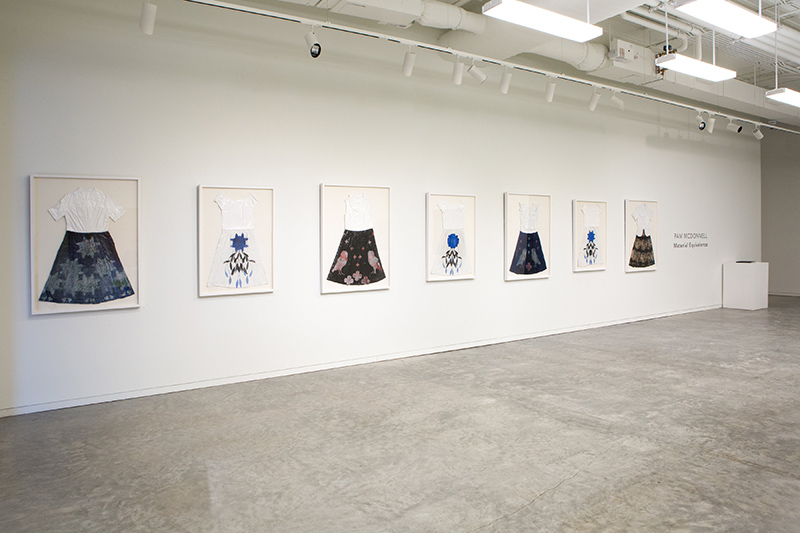
Selavie Photography
What is the best piece of advice you’ve received? Why was it helpful?
Unsolicited advice can only be taken as criticism.
Tell us about your studio, what kind of place is it? Could you describe your usual work day in the studio?
My studio is my room; it’s where I keep all my objects, my books and my daily process. It is also a mess at times and I love that I can leave it that way. My typical studio day involves the routine of turning on the lights, lighting incense and recently I’ve started lighting candles for people. It gets me into a quiet rhythm so I can hear the work speak.

Picture by Erica Jancelewicz.
Let’s talk about your frameworks, references and process. What inspires you?
I just want to make art and share it. In a perfect world, I would be able to make huge installations and could fill empty spaces and add beauty. Money and permission would not be part of the equation. In the real world, I want to make work that extends beyond personal collections, which I value deeply in my own home, and interact more with nature and the occasional wanderer. I am inspired by opportunities to experience my senses in new ways. What have I missed about life? I have a deep need to know that.
What are you working on now? What’s coming next season?
I am currently working on an April solo show for Binder Projects. The theme is still revealing itself and it will include drawings and paintings on panel.
I have other pieces emerging that are made of fabric, wood, thread, drawings of hybrid plant-animals, kinetic totem sculptures and a few oil paintings. Most of this work is not ready and won’t be complete until next year.
Before you go – you might like to browse our Artist Interviews. Interviews of artists and outliers on how to be an artist. Contemporary artists on the source of their creative inspiration.








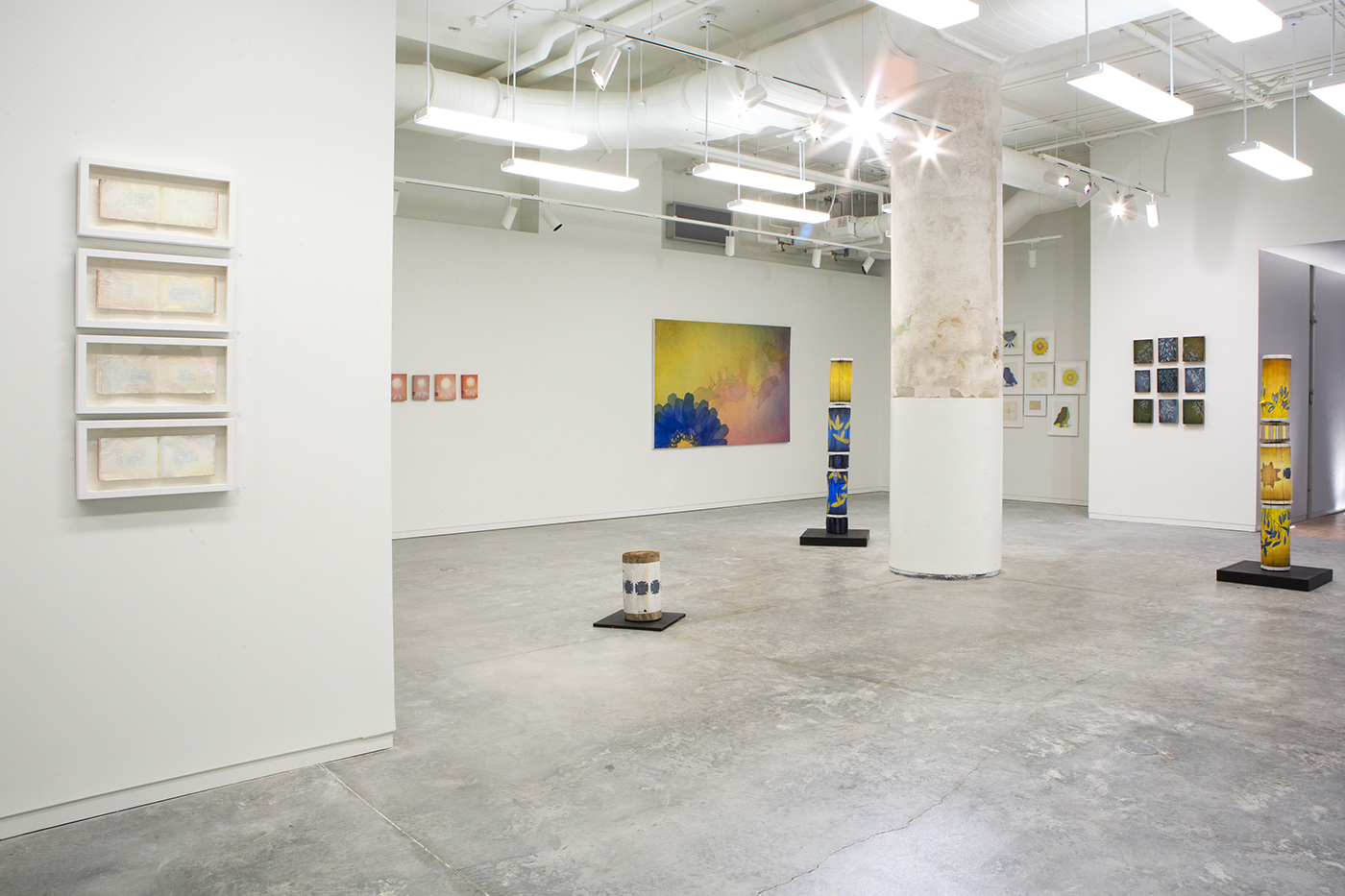



Add Comment